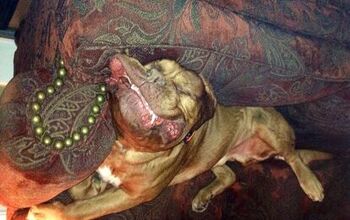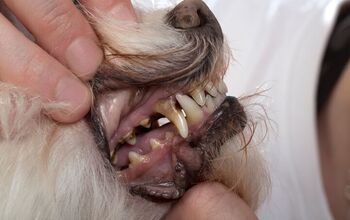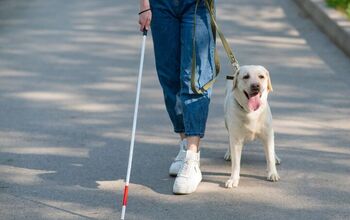With a better understanding of feline reproduction, you can take steps to prevent unwanted litters, and you’ll know what to expect if you have an intact female or male.What does it mean when a queen (intact female cat) is in heat? How long does a pregnancy last? And why does it seem that cats are so good at reproducing? Below are the basics to help you get started. There Are Multiple Stages in the Cat Heat CycleA cat’s estrous cycle, also known as her heat cycle, consists of multiple phases. Also, females are seasonally polyestrous, so they can go into heat more than once throughout the breeding season.The stages of a cat’s heat cycle are:Proestrus – During this phase, which will last about a day or two, you probably won’t notice any obvious changes in your cat.Estrus – During this phase, which lasts about a week on average, a female cat will behave in a way that lets males know that she wants to mate.Interestrus – If a cat doesn’t mate, she’ll go into this phase, which can also last about a week on average, until she goes into proestrus again. If a queen mates, ovulates, and becomes pregnant, she will enter diestrus.If a queen isn’t in a heat cycle at all, she’s in anestrus, which can last months.Cats Can Get Pregnant When They’re a Few Months OldCats become sexually mature around 6 months of age, on average, but it can happen even sooner than that. For example, a female can go into heat when she’s a mere four months old.This means that even kittens can mate and get pregnant. If you have intact male and female kittens, this is definitely something to be aware of. Talk to your veterinarian about the best time to spay or neuter your feline companions to prevent unwanted pregnancies. Cat Pregnancy Is Roughly Two Months LongA cat’s pregnancy can be shorter at 60 days or longer at 71 days. On average, a cat will give birth in about nine weeks, or 63 to 65 days. In other words, the pregnancy will be roughly two months long.On average, a cat will have four kittens, but she might have just one or she might have six or more. A queen’s age may affect the size of her litter—for example, a cat who’s pregnant for the first time is more likely to have a smaller litter, as is an older queen.After giving birth, a cat might go into heat again sooner than you think. It might even happen while her kittens are still nursing. So, if you’re caring for a mother and her litter, it’s important to prevent another pregnancy by keeping her safe indoors and away from intact males. Cats Are Induced OvulatorsWhat’s interesting about cats is that they’re induced ovulators. Put simply, when cats mate, the female ovulates, releasing eggs from her ovaries. And since the eggs are released with mating, it times out in a way that boosts the odds of pregnancy.A queen typically needs to mate multiple times before eggs are released, and she could mate with more than one male while she’s in heat. A Litter of Kittens Can Have Different FathersAs mentioned above, a queen will mate more than once while she’s in heat. Well, another interesting fact about cats is that they can mate with more than one male while they’re in heat, so they could end up with kittens that have different fathers.In other words, a single litter of kittens could have two or more fathers. This is known as superfecundation.There Are Several Signs of Pregnancy in CatsHow can you tell if a cat is pregnant? Even though there are going to be several signs as the fetuses develop, you might not notice anything right away.You might first notice the queen’s nipples becoming more obvious. This is followed by weight gain that will eventually cause her belly to be big and round. Changes in behavior are also often seen in pregnant cats. Her appetite will increase, she may become more needy and affectionate, and she’ll look for a nest where she can give birth safely and comfortably.If you are caring for a pregnant cat, consider getting a product like the Sport Pet Pop Open Pet Kennel, which features two entryways, has a waterproof bottom, and comes with a removable, machine washable pad. She might view this as the perfect nesting box, and you’ll feel good knowing she’ll be secure in there with her kittens.

























